How to Leash Train Your Service Dog
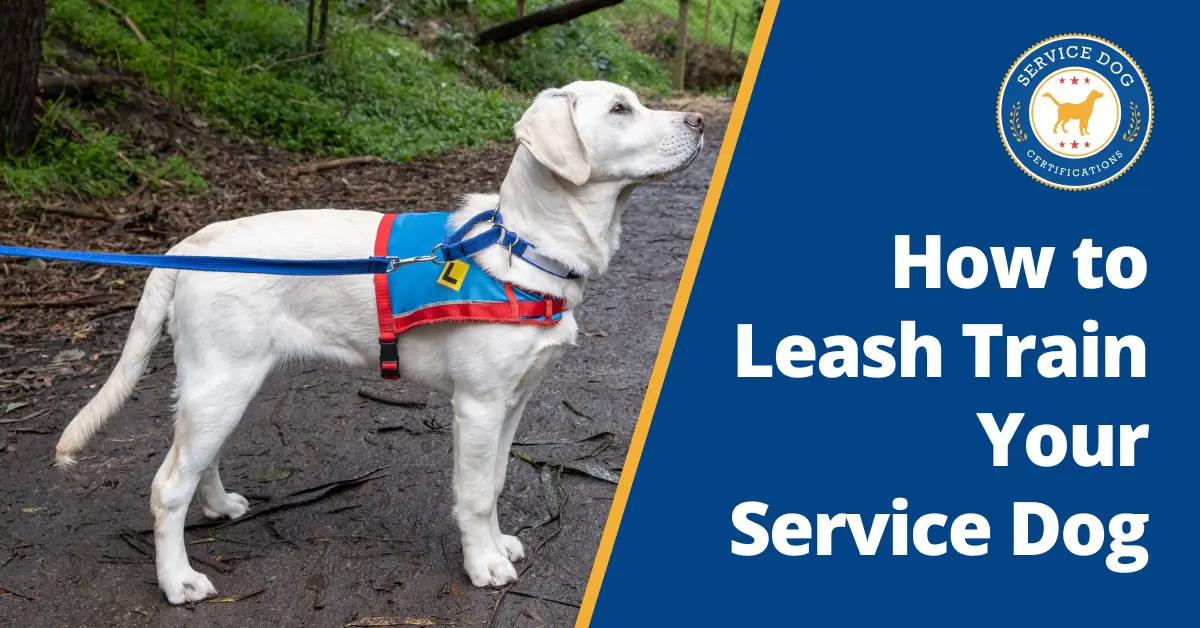
A well-trained service dog should walk like they’re glued to your side. No pulling when they see another dog or lunging toward dropped food, and they can’t wander away when something interesting catches their eye.
They should keep a loose leash that never tightens and match your walking speed, whether you move quickly or slowly. When you stop, they stop right next to you without being told.
Most importantly, they keep their attention on you. Even in busy places with lots of smells and sounds, they check in with you every few seconds. This connection lets them notice when you need help and respond quickly with their service dog task.
Service dogs need these skills more than regular pets. When your dog pulls at the wrong moment, you might fall. When they get distracted, they might miss an important alert.
Five steps to leash train your service dog:
- Teach basic walking without pulling
- Use treats to build good habits
- Add distractions gradually
- Train specific positioning for your dog’s job
- Practice in real public spaces
If you need more training advice, check out our guide on how to train a service dog.
Step 1: Teach Basic Walking Without Pulling
Start in a quiet room with your dog on your left side. Keep about 18 inches of slack in the leash between you. Walk slowly forward, and the moment your dog pulls ahead, stop walking completely. Don’t say anything or pull back. Just stand still.
When your dog comes back beside you and looks up, take one step forward. That’s their reward for getting back in position.
This teaches your dog that pulling makes everything stop. Walking nicely makes good things happen. Keep sessions to five minutes, as focused attention can be tiring for dogs.
The hardest part is staying consistent. Every single time your dog pulls, you must stop. If you let it slide even once, your dog learns that sometimes pulling works.
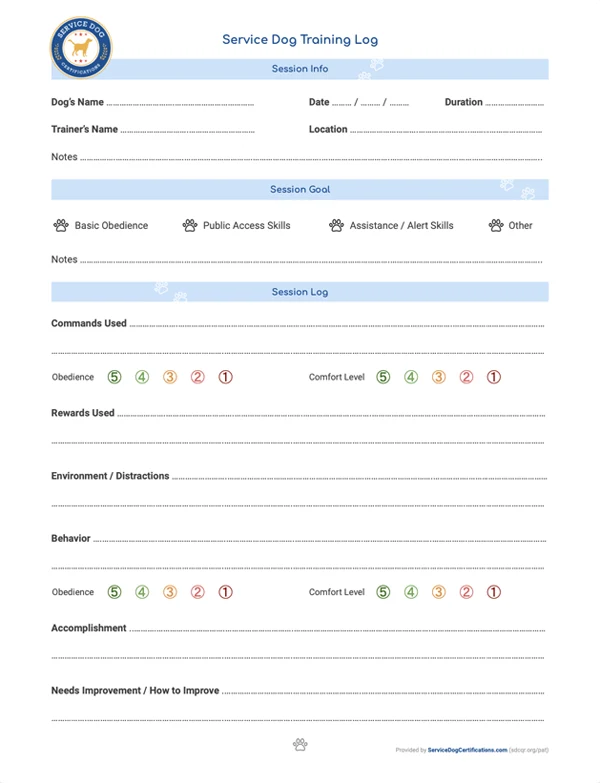 | Keeping a training log will help with analyzing the progress of your service dog’s leash training. Download this free sample Service Dog Training Log, provided by Service Dog Certifications, to get started. |
Step 2: Use Treats the Right Way
Time your rewards perfectly. The moment your dog looks at you while walking in the correct position, say “yes” and give them a small treat without stopping. Reach down and place it in their mouth while you keep moving. Check out our guide on the best treats for service dogs for an idea of what treats to use.
Use soft treats that they can swallow quickly. Keep them in a pouch on your right side so you never have to switch the leash to your other hand.
Start by rewarding every few steps of good walking. After a week, stretch it to every ten steps. Then reward your dog randomly so they never know when the treat is coming. This keeps them paying attention longer.
Watch your timing carefully. If you give the treat after your dog has moved out of position, you’re accidentally rewarding the wrong behavior.
Step 3: Add Distractions Gradually
Drop kibble on the floor while walking. If your dog moves toward it, stop and back up until they focus on you again. Only move forward when they completely ignore the food.
Build up slowly. Practice near playground sounds, then in busy parking lots, then past restaurant patios. Your standard never changes – your dog walks calmly beside you regardless of what’s happening.
Use the emergency stop when your dog gets fixated on something. Plant your feet and stay perfectly still until your dog stops straining and looks back at you, then continue walking.
Remember that whatever your dog is doing when you start moving forward gets reinforced. Moving while they’re staring at another dog teaches them that behavior is fine.
Step 4: Train Positioning for Your Dog’s Specific Job
Service dogs require precise positioning that goes way beyond basic loose-leash walking. Balance dogs stay parallel to their handler’s weak side and provide steady support. Guide dogs stop at curbs and navigate around obstacles. Medical alert dogs learn “front” positioning to prevent falls or “behind” positioning to guide someone to a safe sitting position.
Psychiatric service dogs might learn “cover” positioning to create space between their handler and crowds during anxiety attacks. They also learn “deep pressure” positioning, where they lie across their handler’s lap to provide calming weight during panic episodes.
Some service dogs are trained to pull on command. Mobility dogs may help their handler stand up from a seated position or provide forward momentum when walking becomes difficult. The key difference is that this pulling only happens when specifically asked for with a command like “pull” or “forward.”
These dogs learn two completely different leash behaviors. They walk with a loose leash 99% of the time, then switch to controlled pulling only when their handler gives the specific command. This requires extra training to help the dog understand when pulling is wanted versus when it’s never acceptable.
Figure out exactly where your dog needs to be for their tasks and give each position a clear name, like “close,” “steady,” or “cover.”
Practice these positions while standing still first. Point to the spot and say “close.” When they move there, treat them immediately. Only add walking once they have fully understood the positions.
Step 5: Practice in Real Public Spaces
Start with easier places during quiet times. Hardware stores on Tuesday mornings beat grocery stores on Saturday afternoons. Follow the three-location rule — master each skill in three different places before trusting it completely.
Test these skills on every public trip:
- Your dog stays in position around crowds
- Doesn’t sniff floors or merchandise
- Ignores strangers trying to get their attention
- Responds quickly to position changes
- Stays calm around food smells and other animals
When things go wrong, stay calm and quietly guide your dog back to position. Getting upset teaches them that public spaces are stressful instead of normal work environments.
If your dog struggles in a new place, consider leaving early and trying again when they’re better prepared.
Why Perfect Leash Skills Matter for Service Dogs
Regular dogs that pull are annoying. Service dogs that pull can make their handler fall. Regular dogs that get distracted might embarrass their owner. Service dogs that get distracted might miss a life-saving alert.
ADA service dog rules require service dogs to be under control in public spaces. A dog that can’t walk calmly on a leash might be removed from stores or airports, cutting off their handler’s access to basic services.
Perfect leash skills give you the confidence to go anywhere. When you know your dog will stay focused and positioned correctly, no matter what happens, you can live without constantly worrying about what might go wrong.
Show that your Service Dog has mastered the Public Access Test.
Get your Handler-Certified Public Access Test certificate.
About the Author: The writing team at Service Dog Certifications is made up of folks who really know their stuff when it comes to disability laws and assistance animals. Many of our writers and editors have service dogs themselves and share insights from their own experiences. All of us have a passion for disability rights and animals.
Related Articles
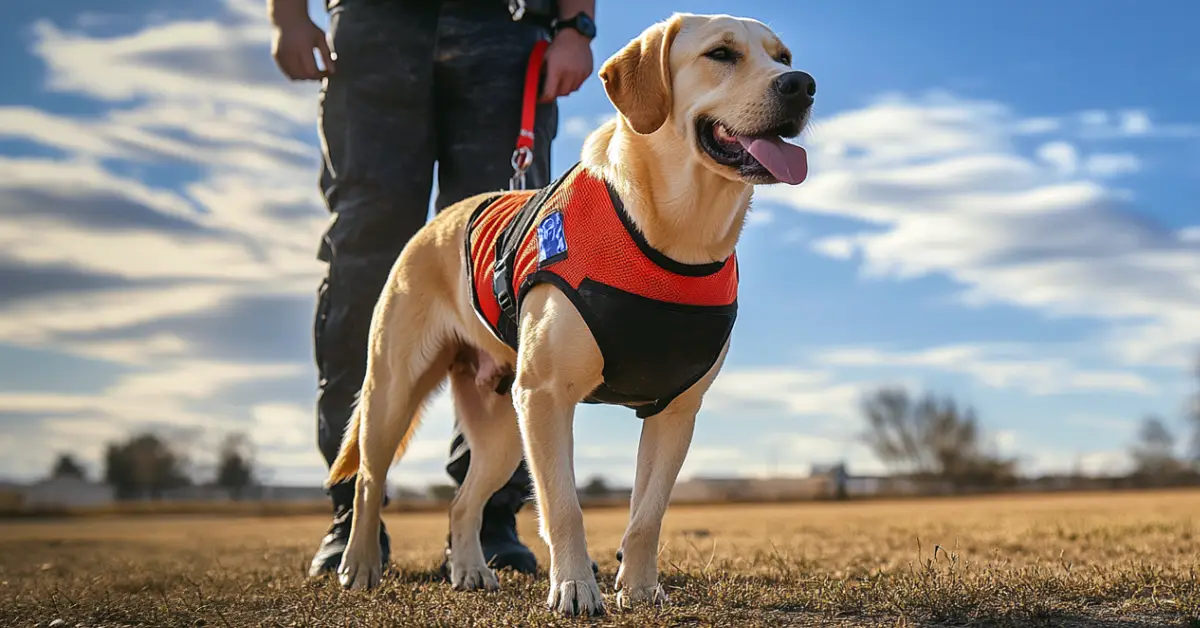
How Much Does It Cost to Train a Service Dog
Training a service dog doesn’t have to break the bank! The cost ranges from free (yes, free!) to $50,000, depending on whether you choose self-training ($0 to $7,000), a hybrid approach with professional guidance ($7,000–$15,000), or full professional training ($15,000–$50,000). The price also varies based on your particular disability and the service dog tasks you […]

Read More
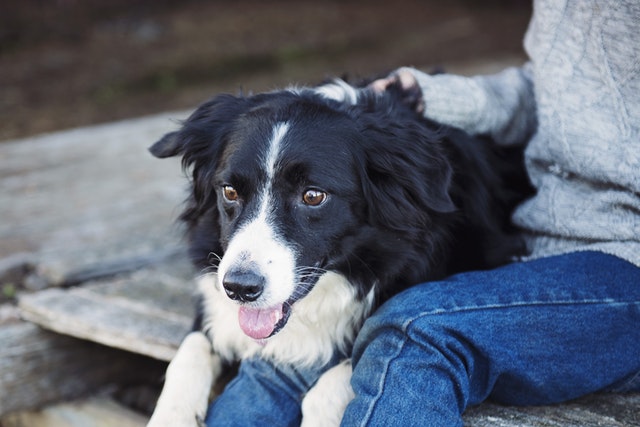
How to Train a Service Dog for Anxiety – 6 Important Steps
We’ve probably all seen a service dog helping to guide a person that is physically challenged but did you know you can also have a service dog if you suffer from anxiety? Dogs can be especially helpful to those that suffer from any number of mental or emotional issues such as PTSD or social anxiety. […]

Read More
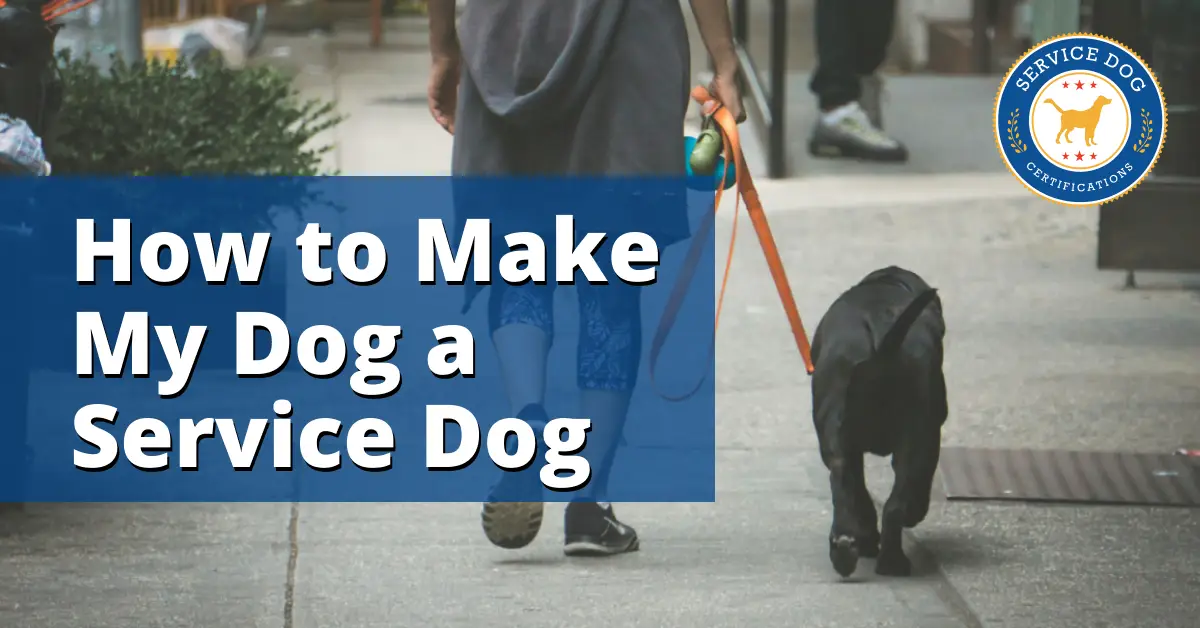
How to Make My Dog a Service Dog
The process of making your dog a service dog is easy if you have a qualifying disability and can be done in five steps. The hardest step in the process is the third one — training — and often the most time-consuming. The good news is you have options along the way for each and […]

Read More
